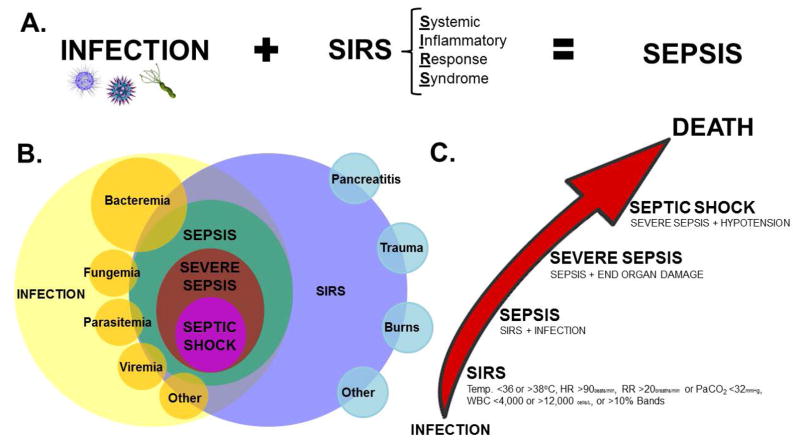Figure 1. Earlier Conceptual View and Definition of Systemic Inflammatory Response Syndrome (SIRS), Sepsis, Severe Sepsis, and Septic Shock.
(A.) The concept of an infection exceeding local regional control and inducing an inflammatory SIRS response has been the fundamental premise conceptualizing sepsis for over two decades. (B.) Until recently, sepsis was defined as the constellation of symptoms occurring when a bacterial, viral or fungal infection leads to a systemic inflammatory response syndrome, including fever, leukocytosis or leukopenia, and decreased vascular resistance frequently leading to hypotension (septic shock), organ failure (severe sepsis) and death. However, confounding the prior definition of sepsis is that other states of inflammation such as pancreatitis, trauma and burns can also produce a SIRS response making the definition overly nebulous and misapplied in many instances. (C.) In addition to the conceptual vagueness, the prior sepsis definition also implied that SIRS criteria possess adequate specificity and sensitivity to define and diagnose sepsis which is not always the case. Moreover, the prior sepsis model inferred that sepsis always follows a linear trajectory from SIRS through severe sepsis and septic shock, which is offend times does not occur. Adapted from Bone RC et al: Chest. 1992,101:1644–55.

